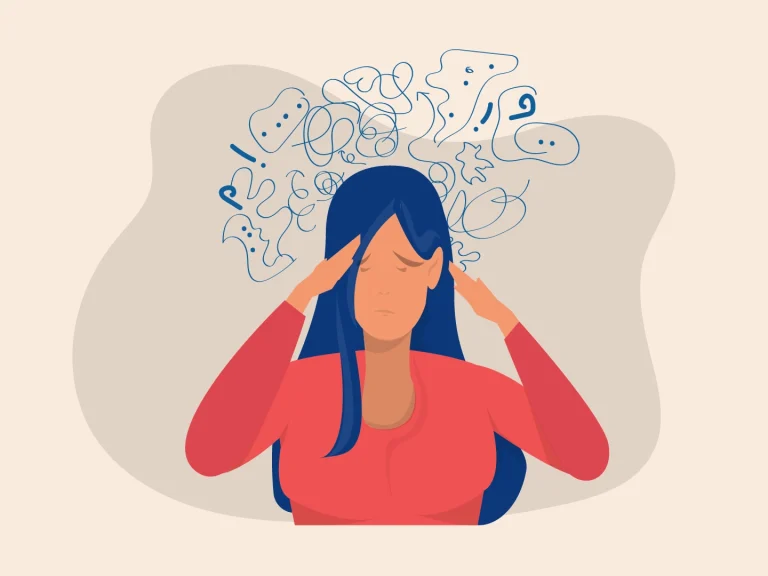The full form of ADHD is Attention Deficit Hyperactivity Disorder, a neurodevelopmental disorder that affects children and adults. ADHD is a common condition that is characterized by inattention, impulsiveness, and hyperactivity, and can have a significant impact on an individual’s daily life.
Despite being widely recognized, ADHD remains a complex and often misunderstood condition. In this article, we will take a closer look at the full form of ADHD and what it means.
The full form of ADHD is Attention Deficit Hyperactivity Disorder
What is ADHD?
Attention Deficit Hyperactivity Disorder (ADHD) is a neurodevelopmental disorder that affects children and adults. It is characterized by inattention, impulsiveness, and hyperactivity, and is estimated to affect up to 5% of children and 2.5% of adults worldwide. ADHD can have a significant impact on an individual’s daily life, affecting their academic, social, and professional performance.
The full form of ADHD is Attention Deficit Hyperactivity Disorder
Symptoms of ADHD
The symptoms of ADHD can vary depending on the individual and their age. In general, the symptoms of ADHD include:
- Inattention: Difficulty paying attention, easily distracted, forgetful, and disorganized.
- Impulsiveness: Impulsive behavior, acting without thinking, and interrupting others.
- Hyperactivity: Restlessness, fidgeting, and excessive physical activity.
Causes of ADHD
The exact cause of ADHD is unknown, but research has shown that it is likely to be a result of a combination of genetic, environmental, and neurological factors. Some of the factors that have been associated with the development of ADHD include:
- Genetics: ADHD tends to run in families, suggesting a genetic component to the condition.
- Environmental Factors: Exposure to toxins, such as lead, during pregnancy or early childhood has been associated with the development of ADHD.
- Brain Development: Research has shown that individuals with ADHD have differences in the structure and function of certain areas of the brain, including the prefrontal cortex and basal ganglia.
Diagnosis of ADHD
Diagnosis of ADHD is made by a mental health professional, such as a physician or psychologist, based on a comprehensive evaluation. The evaluation includes a detailed medical history, physical examination, and psychological assessment. It is also common for individuals with ADHD to undergo testing, such as imaging scans or EEG, to rule out other conditions that may be contributing to their symptoms.
The full form of ADHD is Attention Deficit Hyperactivity Disorder
Treatment of ADHD
Treatment of ADHD typically involves a combination of medication and behavioral therapy. Medications, such as stimulants, have been shown to be effective in reducing symptoms of ADHD. Behavioral therapy, such as cognitive behavioral therapy (CBT), can also be effective in managing the symptoms of ADHD, particularly in combination with medication.
Living with ADHD
Living with ADHD can be challenging, but with the right support, individuals with ADHD can lead fulfilling and successful lives. It is important for individuals with ADHD to seek out resources, such as support groups, to help them manage their symptoms and maintain healthy relationships with their loved ones.
Conclusion
The full form of ADHD, Attention Deficit Hyperactivity Disorder, is a common condition that affects children and adults. Although the exact cause of ADHD is unknown, it is likely to be a result of a combination of genetic, environmental, and neurological factors. With proper diagnosis and treatment, individuals with ADHD can manage their symptoms and lead fulfilling lives. Understanding the full form of ADHD is an important step in increasing awareness and understanding of this complex condition.



